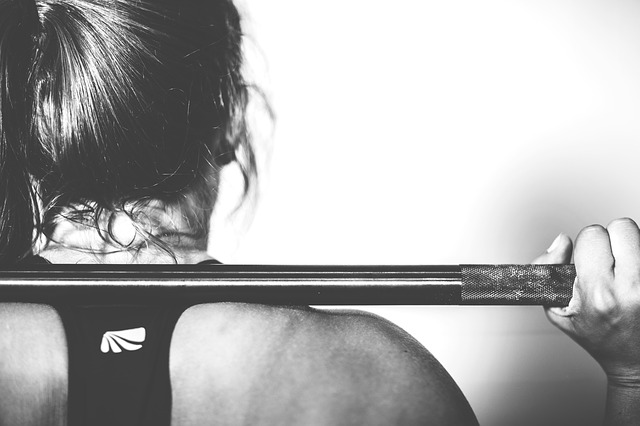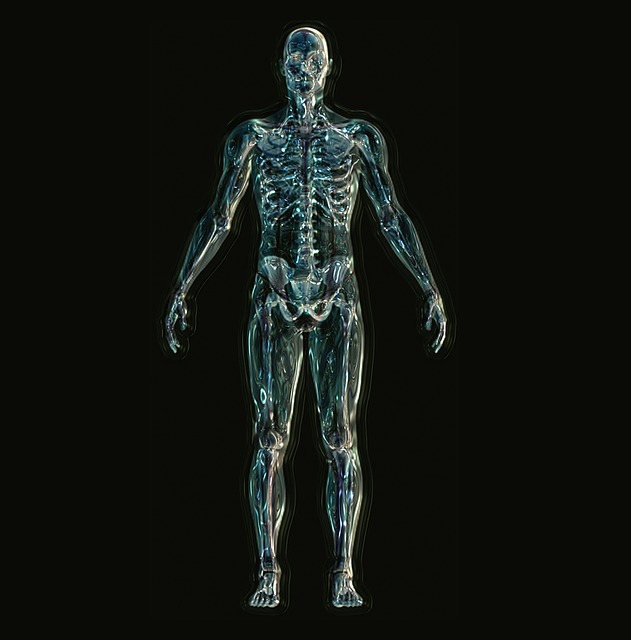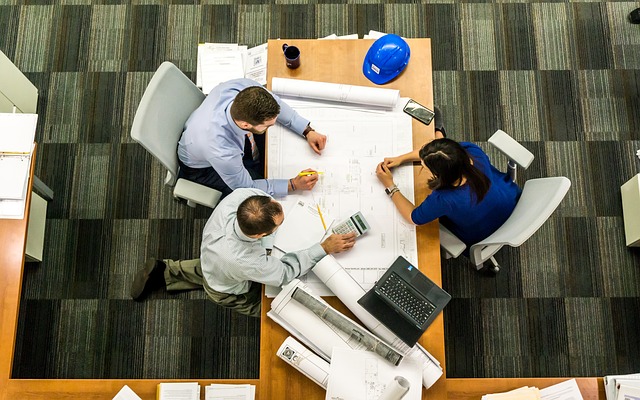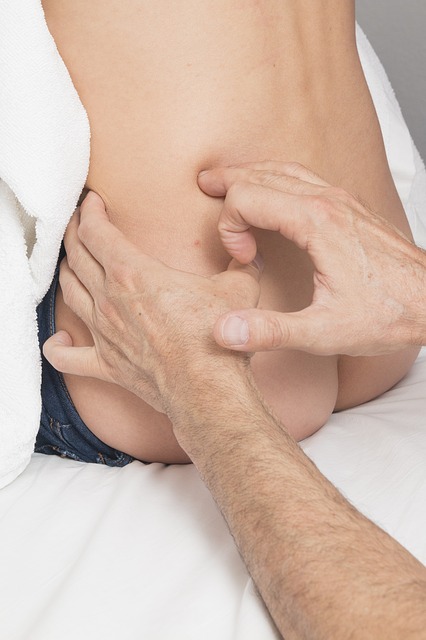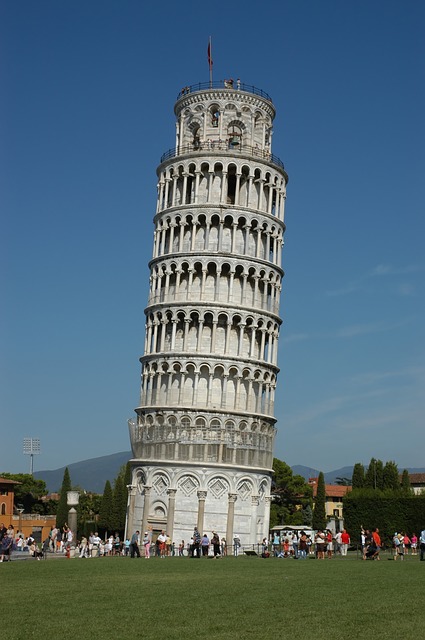Blog
Commuter Chiropractic: Prevent Pain On the Road
The majority of Americans still commute by car
That means an average of 30 minutes each direction, sitting, often in traffic. And that spells bad news for your spine: the truth is, commuting and back pain go hand-in-hand. Traffic and driving cause mental anxiety which translates to muscular tension; add that to the fact that car seats are unsupportive and we generally assume poor posture in the car, and you have a perfect recipe for back pain. In order to mitigate the potential pain, you need to be proactive about the way you treat your spine while you drive. Here’s a roadmap for doing just that:
Sports Massage Makes the Difference for Milpitas Athletes
Recovering more quickly with sports massage
Imagine a massage- the stress melting away, the restorative, rejuvenating feeling of a skilled set of hands setting your muscles free of tension. Well it turns out that this is just the tip of the iceberg when it comes to the benefits of massage. Athletes are finding that sports massage makes the difference between a quick recovery and a sore set of muscles. Let’s take a look at how massage increases the speed of recovery, helps your muscles rebuild more effectively, and helps you avoid injury.
A More Resilient Spine Makes a More Vital Life
Chiropractic makes your body more resilient
At Family Chiropractic & Natural Healing Center, our goal is to uplift our community one individual at a time. We do this by creating completely customized treatment plans that meet and address the specific musculoskeletal needs of our patients. It is a brutal world for our spines, those amazing structures which anchor the musculoskeletal system and house our central nervous system. Whether you work in an office chair or climb mountains for a living, your body has its own set of struggles and needs to keep it in a state of balance and health.
Taking Care of Our Seniors With Conservative Care
Chiropractic offers a proactive approach to senior healthcare
Back pain is a scary reality for many seniors- indeed it is one of the leading causes of disability in old age. Why? The short answer is that aging is tough on our spines. It’s a mix of spinal degeneration, bone loss and muscle loss- in other words, all the pleasures of old age (we are being facetious). This coming together of circumstances creates crippling pain and life-changing spinal dysfunction. Such a serious threat to our wellbeing requires a proactive approach to healthcare. And if you are not finding enough relief from your symptoms with traditional healthcare, it could be worth considering chiropractic as an additional aid to your wellbeing.
The Stress Behind Hypermobility Syndrome
Hypermobility syndrome
We live in a society that is defined by the poor range of motion (ROM), that results from sedentary lifestyles and counterproductive behavior. But as much as 10% of our population is living with the opposite problem; the science may say that full range of motion is best, but what happens when you exceed that? Hypermobility refers to a condition in which your joints have too much ROM. Most often a hereditary trait, hypermobility, also known as congenital laxity, or ligamentous laxity, involves joints that can move beyond and even well beyond standard, healthy range of motion. It may seem that individuals who are double-jointed enjoy a natural advantage, and indeed it can be advantageous for young athletes who manage the condition appropriately. But the more startling reality for people with hypermobility occurs when their condition turns against them. Because the joints are so mobile, and so loose, they lack the stability necessary to prevent pain and injury. As you get older, the pain and dysfunction within a given hypermobile joint can become chronic, and then the condition becomes a syndrome.
Workplace Wellness Takes Center Stage
An idyllic future of workplace wellness
We see a day in the future when workplace ethics, and indeed federal, state and city laws, require employers to look out for the wellbeing of their employees. Of course it is in their best interest to maintain a happy, and therefore productive, base of workers, but the amount of money, time and resources involved in such an idea are often deemed too sharp of a hit on the bottom line and the worker continues to suffer. So what does workplace wellness mean? To us, it means a working environment in which employees feel comfortable, supported and able to access the basic means of maintaining their health on a daily basis. This may mean providing ergonomic work environments, better nutrition options, onsite training for workplace exercise techniques, etc. However, from the present standing, this is only a dream and for the majority of the workers, the onus is still upon the individual.
Reasons Why You Want to Improve Your Posture
Posture makes for a more comfortable life
When it comes to how you can influence your health on a daily basis, health experts usually iterate the same tenets: diet and exercise! Occasionally sleep makes it on the list, but rarely does posture. From this chiropractor’s perspective, posture is of equal importance to sleep diet and exercise in the daily fight for your well-being. No matter what your job or lifestyle, your spine is being compressed daily; one of the only defenses it has against this omnipresent compression is posture. Posture is a make or break factor in health: with good posture, you protect your spine while feeling and functioning better; with poor posture, you are actually increasing the amount of compression and there is no telling how much damage you are piling on your spine.
Preventing Scar Tissue Accumulation to Heal More Effectively
How scar tissue adhesion occurs
Scar tissue is a natural part of the healing process for any injury in the human musculoskeletal system. As your body attempts to heal, it produces a new, less mobile tissue to replace the older, more tensile original tissue. But the problem is how scar tissue interacts with your other, preexisting healthy tissues. Besides stiffness and pain in the local area, scar tissue adheres to healthy tissues, tying them down and making an entire region less mobile in the process. Because the tissues are bound up, the muscles become tighter and shorten in response. This leaves you weaker in an area where you need strength; less mobile in an area that needs mobility to heal. Even nerves can become trapped underneath the scar tissue adhesion, leading to impairment of the nervous system, as well as tingling, numbness and weakness in the local region.
Preventing Spinal Degeneration Starting Today
You will never have a better vantage point than now
Spinal health is, unfortunately, quite heavily influenced by age. And while it would be a bit hyperbolic to say that our spines face a flat-out race against time, it is true that we often outlive the sell-by date of our spines. Aging begins to affect the spine as early as early adulthood, and gets progressively more intense with the passing years. That means that now, today, is the best time to start taking a proactive approach to caring for your spine, thus avoiding many of the discomforts that come along with aging.
Say Hello to Your Center of Gravity
It’s a hypothetical point…
…with serious implications for balance, stability and alignment. It is a force to be reckoned with- a force that can improve wellness and prevent injury if you know how to use it. But most people don’t even know where it is, or how to find it. That might be because it’s hypothetical- your center of gravity (COG) is the point at which your body’s combined mass is located. The line of gravity, on its way to the center of the earth, passes through your COG, which is an integral component of your body’s base of support. So the first step to harnessing the power of your COG is finding it- here’s how:

